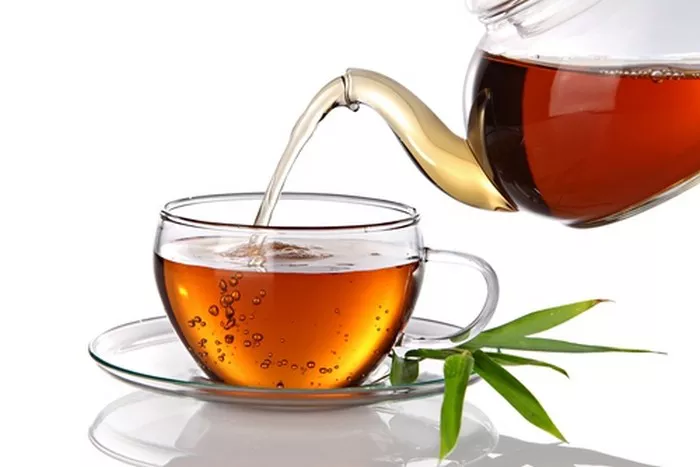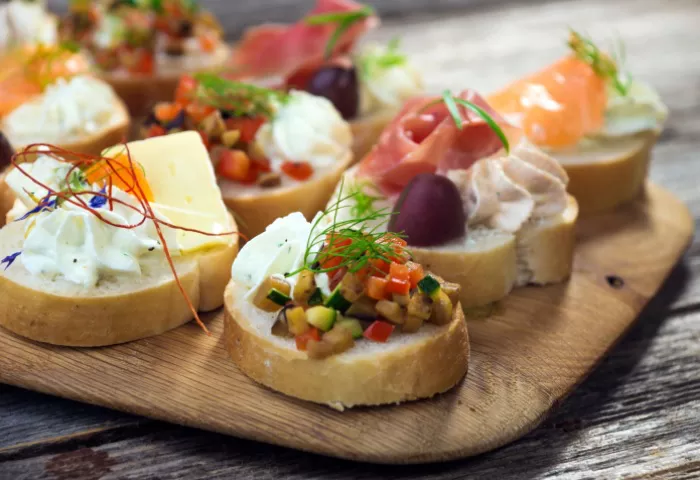British Black Tea holds a venerable place in the annals of tea culture, with a rich history and a distinctive character that has made it a staple in households and tearooms across the United Kingdom. In this exploration, we will delve into eight key aspects that encapsulate the essence of British Black Tea, shedding light on its origins, varieties, brewing techniques, and cultural significance. From the tea plantations to the teacup, join us on a journey through the nuances and traditions that define this beloved beverage.
8 Things You Must Know About British Black Tea
1. The Essence of British Black Tea
British Black Tea, synonymous with tradition and refinement, has its roots firmly embedded in the Camellia sinensis plant. The distinctive character of black tea arises from the oxidation process during its production. The main varieties of British Black Tea include classics such as Assam, Darjeeling, and Ceylon, each hailing from distinct regions and possessing unique flavor profiles. Assam, known for its robust and malty taste, originates from the Assam region in India. Darjeeling, often referred to as the “Champagne of Teas,” is celebrated for its muscatel flavor and comes from the Darjeeling district in India. Ceylon, named after the former name of Sri Lanka, boasts a bright and brisk flavor, making it a versatile choice for different occasions.
2. The Art of Brewing
Brewing the perfect British Black Tea is an art form that involves careful consideration of factors such as tea leaves, water temperature, and steeping time. The loose tea leaves, whether in tea bags or infusers, should be measured according to personal preference. Boiling water is essential, but the temperature varies depending on the type of black tea. For Assam and Ceylon teas, a full rolling boil is ideal, while Darjeeling benefits from a slightly cooler temperature. Steeping times range from 3 to 5 minutes, depending on the desired strength. The result is a fragrant and robust cuppa, ready to be adorned with milk, sugar, or enjoyed on its own.
3. The Tradition of Afternoon Tea
The tradition of afternoon tea, synonymous with British culture, has elevated the consumption of British Black Tea to a ceremonial affair. Introduced by Anna, Duchess of Bedford, in the early 1840s, afternoon tea became a fashionable social event. The menu typically includes a selection of finger sandwiches, scones with clotted cream and jam, and a variety of pastries and cakes. The tea served during this ritual is often a robust British Black Tea, providing a perfect accompaniment to the delectable treats. The concept of afternoon tea has transcended its aristocratic origins and become an enduring cultural practice, celebrated in tearooms and households across the UK.
4. The Role of Milk and Sugar
The addition of milk and sugar to British Black Tea is a practice deeply ingrained in tradition, with regional variations and personal preferences shaping the ritual. Historically, milk was added to tea to prevent the fine bone china from cracking due to the heat of the hot tea. Today, the addition of milk is a matter of personal taste, with some opting for a splash and others enjoying a more robust infusion. Sugar, too, is added based on individual sweetness preferences. The nuanced art of balancing the boldness of black tea with the creamy richness of milk and the sweetness of sugar is a hallmark of the British tea-drinking experience.
5. Tea Time Etiquette
Tea time in Britain comes with its own set of etiquettes, a social ritual that encompasses both formal and casual settings. When partaking in a formal afternoon tea, one adheres to specific rules, such as holding the teacup with the pinkie down being a faux pas. The order of consumption involves first savoring the sandwiches, followed by the scones, and concluding with the sweet pastries. Casual tea time, on the other hand, allows for a more relaxed atmosphere, with individuals free to customize their tea experience. Whether formal or casual, the underlying theme remains the celebration of camaraderie, conversation, and the delightful comfort found in a cup of British Black Tea.
6. The Influence of Terroir
The concept of terroir, often associated with wine, is equally applicable to British Black Tea, where the geographical origin imparts distinct characteristics to the tea leaves. The soil, climate, altitude, and other environmental factors contribute to the unique flavor profiles of teas from different regions. Assam’s lowland plains provide ideal conditions for robust and malty teas, while Darjeeling’s high-altitude gardens produce teas with floral and muscatel notes. Ceylon teas, with their bright and brisk qualities, reflect the impact of Sri Lanka’s terroir. Understanding the influence of terroir allows tea enthusiasts to appreciate the diverse flavors that emanate from the various tea-growing regions.
7. Health Benefits of British Black Tea
Beyond its cultural significance, British Black Tea boasts a range of health benefits that contribute to overall well-being. Rich in antioxidants, black tea has been associated with cardiovascular health, immune system support, and improved mental alertness. The presence of polyphenols, catechins, and theaflavins in black tea contribute to its potential health-boosting properties. Additionally, the moderate caffeine content in black tea provides a gentle energy lift without the jittery effects associated with higher-caffeine beverages. As part of a balanced and mindful lifestyle, enjoying British Black Tea can be a nourishing and satisfying experience for both the body and mind.
Conclusion:
British Black Tea, steeped in tradition and cultural significance, is a beverage that transcends mere sustenance to become a cherished ritual in the lives of many. From the diverse varieties that reflect the terroir of tea-growing regions to the art of brewing and the customs of afternoon tea, British Black Tea encapsulates a rich tapestry of flavors and practices. Understanding the nuances of this beloved beverage allows tea enthusiasts to delve deeper into the world of tea culture, fostering a greater appreciation for the art and tradition that shape the perfect cuppa.
























